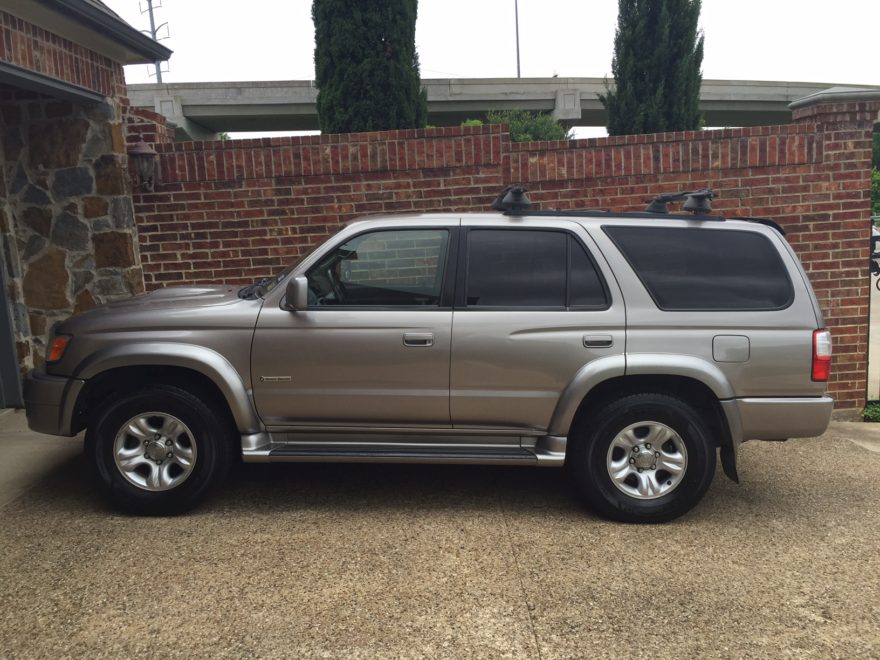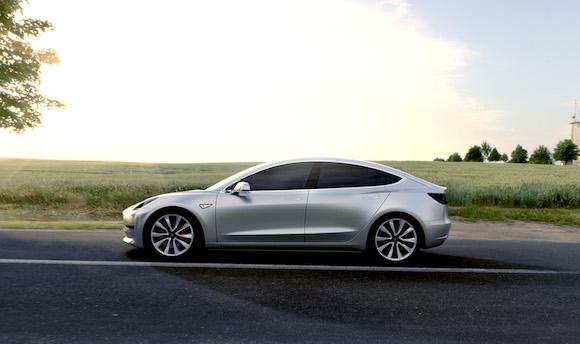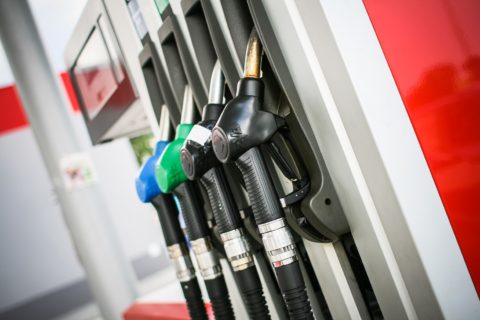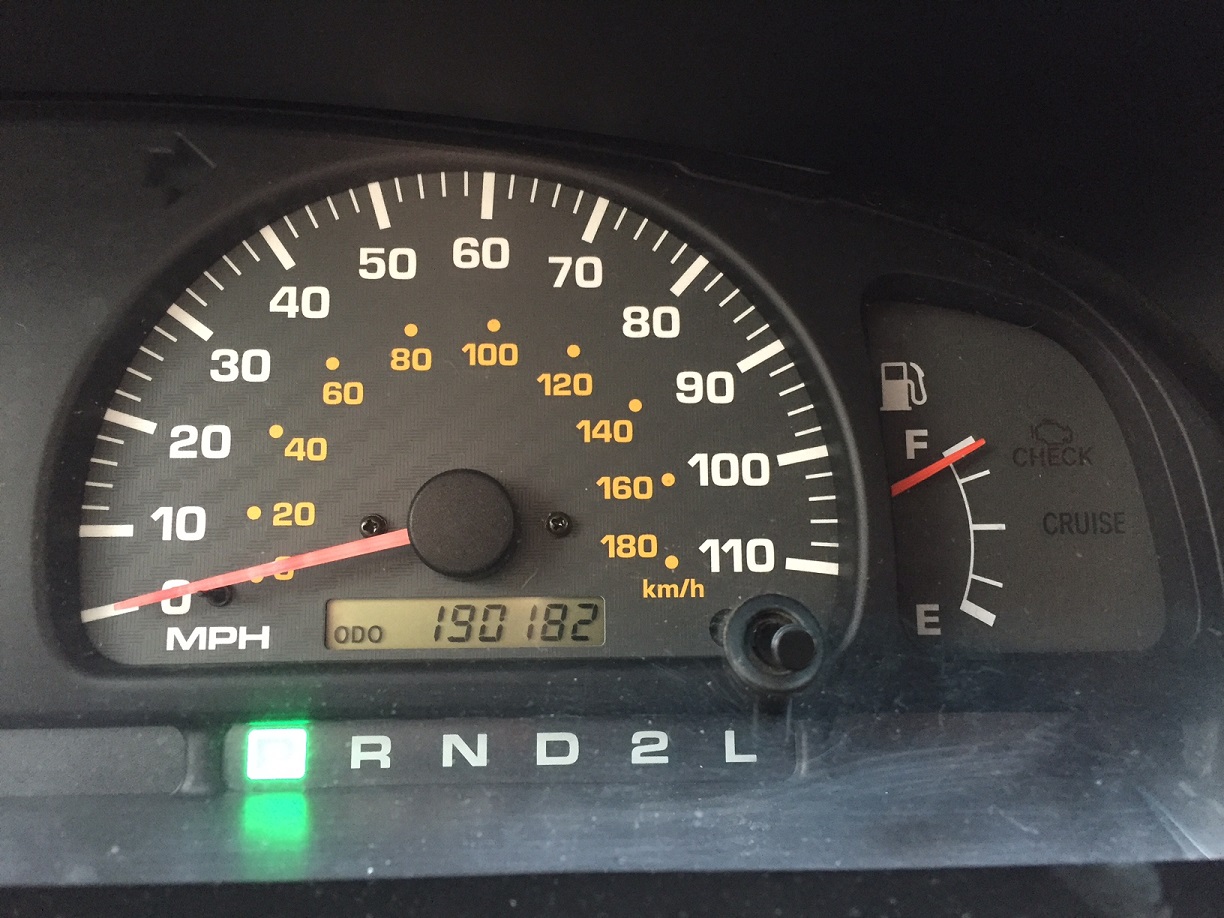When it comes to saving money, there are two expenses which will make or break your budget: your home and your cars. If you keep those expenses below your means, you will have a surplus to save and invest. That’s how you generate wealth.
Unexpected car repairs are the worst. You can spend thousands and it feels like you are just flushing your money away. That’s why we love car warranties: they help extinguish our fear of repair bills. For a lot of people, when their car warranty runs out, they want to get a new car because they can’t stand the thought of a catastrophic repair bill.
But buying a new car every three or four years exposes you to the steepest part of the depreciation curve. Most cars will lose 50 to 60 percent of their value within five years. Owning new cars is trading the mere possibility of car repair bills, which might not happen, for the certainty of significant depreciation, which is inevitable.
Of course, car dealers would love to sell you an extended warranty. It’s one of their most profitable areas. That alone makes me think they are not worth it. You are spending $2,000 to buy a $1,000 warranty. And the insurer probably only pays out 50 to 80 cents in claims for every dollar in premiums it receives. It seems like you would be betting against yourself.
I don’t usually endorse products or services here in my newsletter, but I came across a benefit which I think many of my readers might enjoy. It’s a way to provide protection against unexpected car repairs. This might allow you to keep your vehicles for longer and then direct more savings into your investment portfolios. (Selfishly, I will make more if my clients have larger investment portfolios, but hopefully that’s a goal we can both agree on!)
There is a company called BG Products which makes fluids for cars and trucks. They make motor oil (including synthetic), transmission fluid, brake fluid, anti-freeze/coolant, steering fluid, etc. BG offers a Lifetime Protection Plan that when you use their product regularly, if that component breaks down, they will reimburse you for the cost of the repair, up to a specific limit.
Best of all, they will cover your car, even if you don’t start using their fluids until 50,000 or 100,000 miles. That means that if you have a car with 80,000 miles, past the manufacturer’s warranty, you can actually add protection to your vehicle today. They offer double the protection if you start before 50,000 miles, so you might want to start sooner if you can.
There is no limit on miles. As long as you continue to change the fluids within the specified number of miles, your car will be covered. You could keep your car for 300,000 miles and it would still be protected.
Here are the service intervals required for the Lifetime Protection Plan. If your manufacturer suggests more frequent changes, I would follow those instructions. To stay under this protection plan, you need to replace fluids before reaching these limits.
Engine Oil: 10,000 miles
Coolant: 30,000 miles
Transmission Fluid: 30,000 miles
Power Steering: 30,000 miles
Brake Fluid: 30,000 miles
The BG plan will reimburse repairs if these components break, but not for normal wear and tear. You would have to get the repairs done and then submit your receipts for reimbursement, which are subject to the following limits:
Plan 1, started before 50,000 miles: $4,000 coverage
Plan 2: started between 50,001 and 100,000 miles: $2,000 coverage
Full details of covered components HERE.
BG Products are not available in stores, you have to find a shop which uses them. Here in Dallas, I have used M2 Auto Repair, near Love Field. I’ve had a great experience there and can recommend them. If you talk to Eddie, the owner, please tell him I sent you.
If you’re not in the Dallas area, you can find a BG Dealer here. I have not filed a claim with BG, so I cannot vouch for that process, but obviously it is going to be very important to be able to document that you did have the services performed within the mileage limits and that the repairs required were on the specific parts covered by the protection plan.
It doesn’t cover electronics, which is an increasingly large component in modern cars, but can give you some peace of mind over mechanical failures. If you’ve used BG and had a claim, please send me an email and tell me about your experience.
I am aware that other fluid makers offer warranties, including Mobil 1, Castrol, and Valvoline. In reviewing their warranty pages, they may offer similar benefits, but I think it may be more difficult to document proof of eligibility, and they don’t cover all of the systems that BG Products covers.
I’d also love to hear from you if you have ever filed a claim with another oil company and what result you received. Regular maintenance is an important part of keeping your car healthy, and it’s great to see a company stand behind its products. I’m no expert on cars, but I have spent a lot of time looking at spending behavior. Any techniques which can help us spend less over the life of our vehicles will help you achieve your other financial goals. So, even if you don’t end up using the Lifetime Protection Plan, just knowing you were covered may provide you with the extra confidence to keep you car for 150,000 or 200,000 miles.









